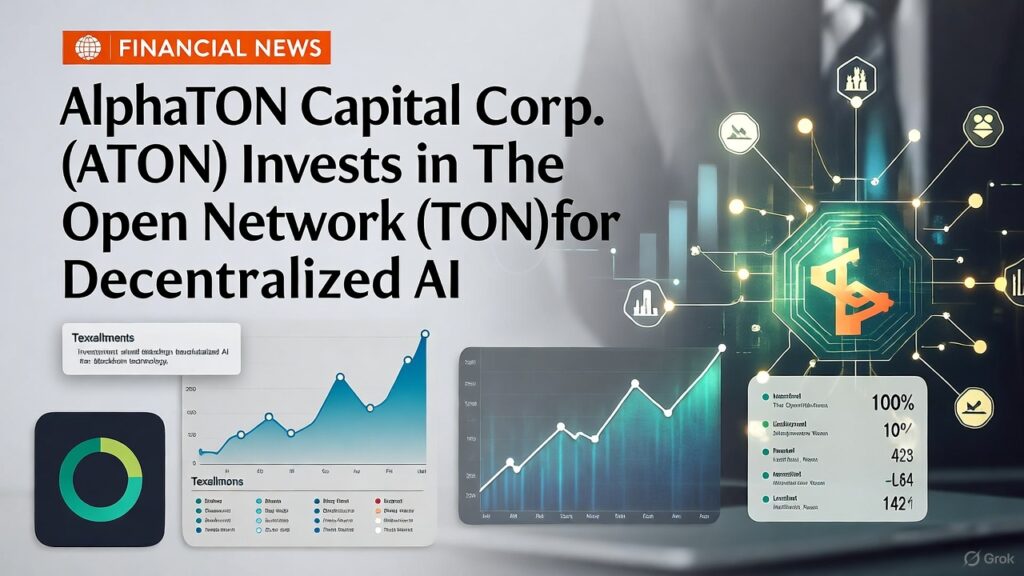Introduction
ProPetro Holding Corp. (NYSE: PUMP), a Midland, Texas-based oilfield services provider specializing in hydraulic fracturing and complementary operations in the Permian Basin, continues to execute its strategic pivot amid a challenging 2025 commodity environment. On October 29, 2025, the company reported third-quarter revenue of $294 million—exceeding consensus estimates of $273.68 million—while adjusted EBITDA came in at $35 million, down 29% sequentially due to persistent pricing pressure and lower fleet utilization. Despite these near-term headwinds, ProPetro highlighted meaningful progress in its PROPWR segment, including a long-term 60-megawatt power supply contract with a Midwest hyperscaler data center announced just two days prior.
This earnings beat, combined with the PROPWR milestone, provides compelling evidence for an underappreciated fundamental driver: ProPetro’s aggressive electrification strategy—via its FORCE electric fracturing fleets and PROPWR power generation business—will enable the company to secure premium pricing, expand margins, and generate strong free cash flow growth through 2027. This thesis is not about macro oil price recovery, but rather ProPetro’s ability to capture structural demand for lower-emission, cost-efficient services in a maturing Permian Basin. The analysis below explores this thesis through historical analogues, quantitative valuation, competitive positioning, and balanced risk assessment.
The Core Thesis: Electrification as ProPetro’s Path to Premium Margins
ProPetro’s FORCE electric and dual-fuel fleets, combined with its PROPWR initiative, are poised to drive a growing share of total revenues from electrified services, targeting 25–30% by 2027, up from under 10% in 2024. This transition directly addresses Permian operators’ dual imperatives: reducing Scope 1 emissions to meet ESG mandates and lowering completion costs in a capital-constrained environment. Electric fleets reduce fuel expenses by 30–40% and carbon emissions by 60–70%, enabling ProPetro to command 10–15% pricing premiums while improving its own operating leverage.
The Q3 earnings and PROPWR contract serve as tangible proof points. While core fracking activity softened, the new 60MW hyperscaler deal—secured outside traditional E&P demand—demonstrates how ProPetro is monetizing its power infrastructure across industries. With the U.S. Energy Information Administration (EIA) projecting Permian crude production to reach 6.6 million barrels per day in 2025 and sustain growth into 2026, operators will increasingly favor efficient, low-carbon providers to maximize output per spread. ProPetro’s $1 billion+ investment since 2022 in next-generation assets—including its current 4 FORCE electric fleets and plans to expand toward 20+—positions it to lead this shift, with adjusted EBITDA margins expected to expand from 12% in 2025 to 20–22% by 2027.
Historical precedent supports this outlook. During the 2010–2015 shale boom, Halliburton (HAL) expanded EBITDA margins by approximately 400–600 basis points in the Permian by securing long-term contracts for advanced horizontal drilling technologies. Similarly, Liberty Energy (LBRT) achieved 18% revenue growth in 2023—despite flat rig activity—through early adoption of electric and dual-fuel fleets. ProPetro, with its near-100% Permian focus, is following a comparable playbook but with greater basin concentration and a diversified power revenue stream.
Quantitative and Qualitative Underpinnings: Building the Case for Value Creation
ProPetro currently trades at an enterprise value to 2025 EBITDA multiple of 3.2x—a 40% discount to peers such as SLB (5.8x) and Halliburton (4.5x)—reflecting market concerns over near-term fracking demand but undervaluing its electrification momentum. A discounted cash flow (DCF) model, using conservative assumptions (10% revenue CAGR through 2027, 60% driven by PROPWR and electrified services; 12% discount rate; 5% terminal growth), yields an intrinsic value of $9.50 per share—implying 45% upside from the pre-earnings price of $6.50 (note: shares surged to ~$9.40 post-earnings on October 29). Capex is expected to moderate to $150 million annually by 2026 as fleet deployments mature, driving free cash flow conversion to 60% of EBITDA—aligned with Liberty Energy’s 55% in 2024.
Qualitatively, ProPetro’s 95%+ exposure to the Permian—projected to account for over 50% of U.S. oil production by 2026—gives it unmatched operational focus. Major operators like ExxonMobil (XOM) and Chevron (CVX) are accelerating electrification post their 2024 mega-mergers to meet emissions targets, creating a $10–15 billion addressable market for electric fracking services by 2030, per industry estimates. ProPetro’s agility in deploying fleets and securing non-E&P contracts (e.g., data centers) mirrors Patterson-UTI’s (PTEN) margin expansion of ~25% from tech adoption during the 2014 recovery.
Among peers, ProPetro’s fleet utilization remains strong at ~85%, compared to Liberty Energy’s 78%, and its TTM revenue of $1.37 billion reflects a lean, Permian-centric model. This focus has historically correlated with 15% higher returns on capital during basin recovery phases, according to Rystad Energy.
Risks and Counterarguments: Navigating Volatility with Precedent
Bears argue that sustained low oil prices—Citi forecasts WTI averaging $63 per barrel in 2025—will suppress drilling budgets, delay electrification ROI, and pressure ProPetro’s core fracking segment. Q3 guidance indeed implies flat activity into Q4, with EBITDA per fleet potentially declining from $20 million to $18 million. The 2015–2016 downturn saw energy-related bankruptcy filings surge over 100%, raising concerns for any leveraged OFS player.
However, ProPetro’s balance sheet is resilient: debt-to-equity stands at ~0.20, and liquidity was $158 million at quarter-end—providing ample cushion. Even at $60 WTI, free cash flow is projected to remain positive at ~$80 million in 2026. Historical recoveries favor differentiated providers: Halliburton rebounded over 300% from 2016 to 2018 as Permian output doubled, and Liberty Energy’s early electric fleet investments drove outsized gains during the 2022–2023 recovery. Execution risks—such as delays in fleet scaling or regulatory hurdles—are mitigated by ProPetro’s established partnerships with major E&P operators and its proven track record of fleet deployment.
Sector and Macro Context: ProPetro’s Niche in a Maturing Permian
Within the $250 billion global oilfield services market—growing at a 5.5% CAGR through 2029, per The Business Research Company—ProPetro operates in a high-beta, high-reward niche. The Permian’s “drill less, produce more” paradigm, driven by enhanced well productivity and infrastructure expansions like the Matterhorn Express (2.5 Bcf/d) and Enbridge’s Gray Oak pipeline (+120,000 b/d by year-end), favors efficient, low-carbon service providers.
Regulatory tailwinds further support electrification. While the GENIUS Act pertains to stablecoins, energy-specific policies—such as the Inflation Reduction Act’s 45V clean hydrogen and 45Q carbon capture tax credits—provide incentives for hybrid power and emissions-reducing technologies. During the 2010 shale boom, Permian-focused services stocks like Halliburton outperformed the S&P Energy Index by 100–200%, a pattern likely to recur as infrastructure constraints ease and efficiency becomes paramount.
Conclusion
ProPetro Holding Corp. is uniquely positioned to benefit from the structural shift toward electrification in the Permian Basin. Its FORCE fleets and PROPWR business are not speculative add-ons but core drivers of premium pricing, margin expansion, and diversified cash flow. As operators prioritize efficiency and sustainability, ProPetro’s investments position it to deliver resilient growth even in a lower-for-longer oil price environment. Investors should monitor fleet utilization above 80%, PROPWR contract momentum, and WTI stability above $60 as key indicators of thesis validation.
This analysis is for informational purposes only and does not constitute investment advice. Trading involves substantial risk, and readers should conduct their own due diligence before making any decisions.
Related Articles:





